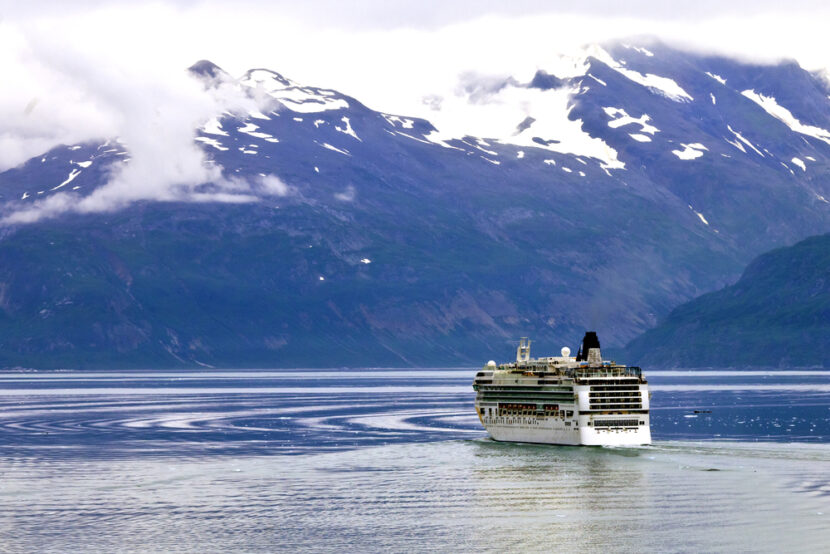JUNEAU, Alaska – Towering cruise ships, sometimes four at a time, sit at port in Juneau at the peak of summer, delivering tourists important to the economy of this and other southeast Alaska communities. But some conservationists worry about what the ships could be leaving in Alaska waters and are fighting proposed new rules for the discharge of treated wastewater.
The issue has come up before, pitting business interests against environmental concerns.
Over the years, Alaska has rolled back provisions of a 2006 citizen initiative that called for cruise ship wastewater to meet water quality standards at the point of discharge. In 2013, for example, the Legislature struck that discharge requirement, saying instead that wastewater cannot be discharged in a way that violates applicable state or federal law.
The 2013 law allowed for mixing zones, where wastewater can be diluted into the water, if ships meet certain standards for treatment of discharge. The change followed a debated preliminary report from a science advisory panel that found none of the advanced wastewater treatment systems on ships operating in Alaska waters could consistently meet water quality standards at the point of discharge for four “constituents of concern:” ammonia, copper, nickel and zinc.
The proposed general permit, under which ships can apply to be covered, are based on that law.
The Southeast Alaska Conservation Council and Cook Inletkeeper are fighting the proposal. They say the public won’t be notified when a ship applies to discharge treated wastewater under the permit or get to comment on whether discharges should be allowed in certain areas. They say the permit doesn’t account for the cumulative effects of discharges from cruise ships and other sources, like municipal wastewater systems. They also say Juneau harbour was modeled as an ocean, rather than as an estuary.
Michelle Hale, director of the Division of Water in the Department of Environmental Conservation, said protecting uses is part of Alaska’s water quality standards and the permit is written to comply with the standards. The department found, for example, that mixing zones for ships moving at less than 6 knots in Juneau’s Gastineau Channel would not overlap with fish hatchery net pens or limit existing uses.
She said she couldn’t speak to the groups’ specific claims, citing their request for an administrative appeal.
The proposed rules call for the testing of effluent, as well as receiving water, though the latter applies if the ship discharges at port or at speeds of less than 6 knots. For faster moving ships, one could not get close enough to a cruise ship to effectively sample in the open water, and by the time one could safely approach an area for sampling, “you wouldn’t expect to find any sign of the discharge,” Hale said.
Gershon Cohen, a co-author of the 2006 initiative, said depending on the conditions, there could be a faster dilution. But he said he doesn’t support a “dilution solution to pollution.”
“Even if you dilute pollutants in the water, you’re still loading that water body with more and more pollution,” Cohen said, adding: “And even if in any given moment, in any given spot, it is being diluted, it doesn’t mean it’s going away. The whole notion of mixing zones is flawed, fundamentally flawed.”

